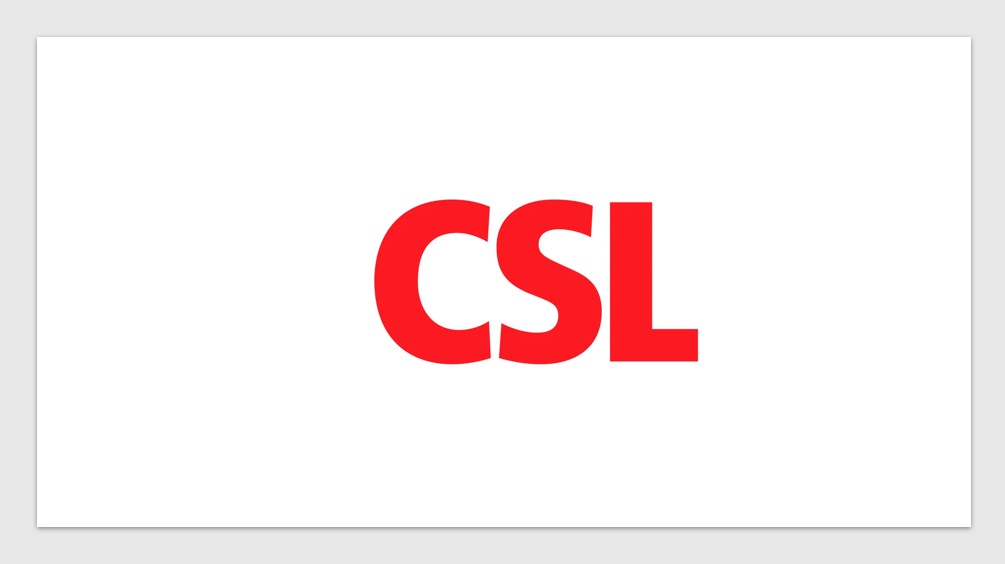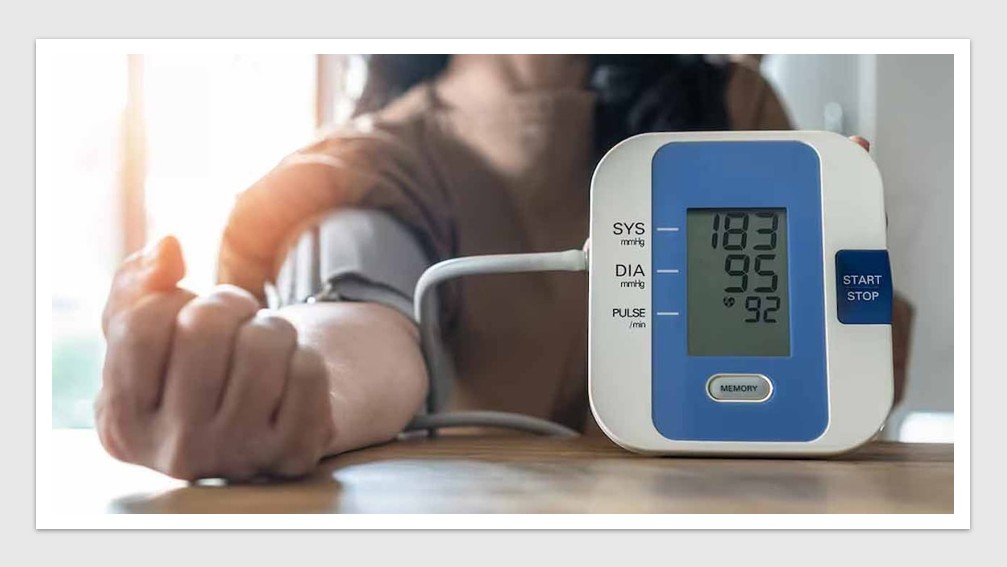News & Trends - Pharmaceuticals
Roche nabs PBS listing of dual-acting ophthalmology drug in retinal vein occlusion

The only dual-acting VEGF-A and Ang2 inhibitor is now funded through the Pharmaceutical Benefits Scheme (PBS) for 20,000 Australians with macular oedema following retinal vein occlusion (RVO).
Dr Hemal Mehta, a Sydney ophthalmologist and retinal specialist involved in clinical trials for Roche’s Vabysmo (faricimab), welcomed the new medicine subsidy for a condition that “contributes to significant visual impairment and is expected to become more prevalent as the population ages.”
“The risk of RVO increases with age, presenting a significant threat to the ability of older Australians to maintain their independence and quality of life,” said Dr Mehta. “While treatment cannot fix the vein blockage itself, Vabysmo acts to address the complications of the blockage in order to minimise the risk of vision loss.”
For patients with macular oedema following RVO, Vabysmo is injected into the eye once every month for a minimum of three months as treatment is initiated, with the frequency of subsequent injections determined by the ophthalmologist.
“In some patients receiving Vabysmo, the interval between eye injections could be extended up to four months, which could reduce the burden of treatment on them and their carers,” Dr Mehta said.
The BALATON and COMINO clinical trials compared Roche’s Vabysmo to Bayer’s low-dose Eylea (aflibercept 2mg) in patients with branch and central retinal vein occlusion (BRVO and CRVO) over 24 weeks. The results showed that nearly 60% of patients in BALATON and up to 48% in COMINO could extend their treatment intervals to three or four months. Furthermore, patients sustained the vision improvements and retinal drying achieved in the first 24 weeks for over a year.
However, questions remain on whether Bayer’s high dose Eylea will gain an edge over Vabysmo in clinical practice?
Dr Nic Horridge, General Manager, Roche Pharmaceuticals Australia, commended the Federal Government for recognising the value that Vabysmo offers Australians at risk of vision loss from macular oedema following RVO.
“Roche remains committed to pioneering innovative therapies to prevent vision loss and raising the benchmark in eye care for all Australians. We are pleased to play our part in providing affordable access to this first-of-its kind medicine for Australians with macular oedema following retinal vein occlusion,” Horridge stated.
RVO is most common in people over 60 years of age, and those with high blood pressure, high cholesterol levels, diabetes, a history of smoking and excess weight.
![]() In reimagining healthcare across the entire patient journey, Health Industry HubTM is the only one-stop-hub uniting the diversity of the Pharma, MedTech, Diagnostics & Biotech sectors to inspire meaningful change.
In reimagining healthcare across the entire patient journey, Health Industry HubTM is the only one-stop-hub uniting the diversity of the Pharma, MedTech, Diagnostics & Biotech sectors to inspire meaningful change.
The Health Industry HubTM content is copyright protected. Access is available under individual user licenses. Please click here to subscribe and visit T&Cs here.
News & Trends - Biotechnology

CSL reshapes R&D while bracing for U.S. tariffs
Australia’s largest biotech company CSL is streamlining its R&D operations to enhance efficiency amidst a rapidly evolving global landscape. The […]
MoreNews & Trends - MedTech & Diagnostics

Australia joins Medtronic trial in fight against resistant hypertension
Medtronic has launched an international clinical trial across Australia, the United States, and Europe to evaluate the feasibility of multi-organ […]
MoreNews & Trends - MedTech & Diagnostics

Medibank launches pharmacogenetic testing while government stalls on insurance discrimination ban
Medibank has become the first Australian health insurer to pay towards pharmacogenetic testing (PGx) for eligible customers on Extras cover. […]
MoreNews & Trends - Pharmaceuticals

Global pledge shifts visibility and action for patients with advanced breast cancer
Three breast cancer organisations have united internationally to demand that people living with metastatic breast cancer (MBC) are no longer […]
More